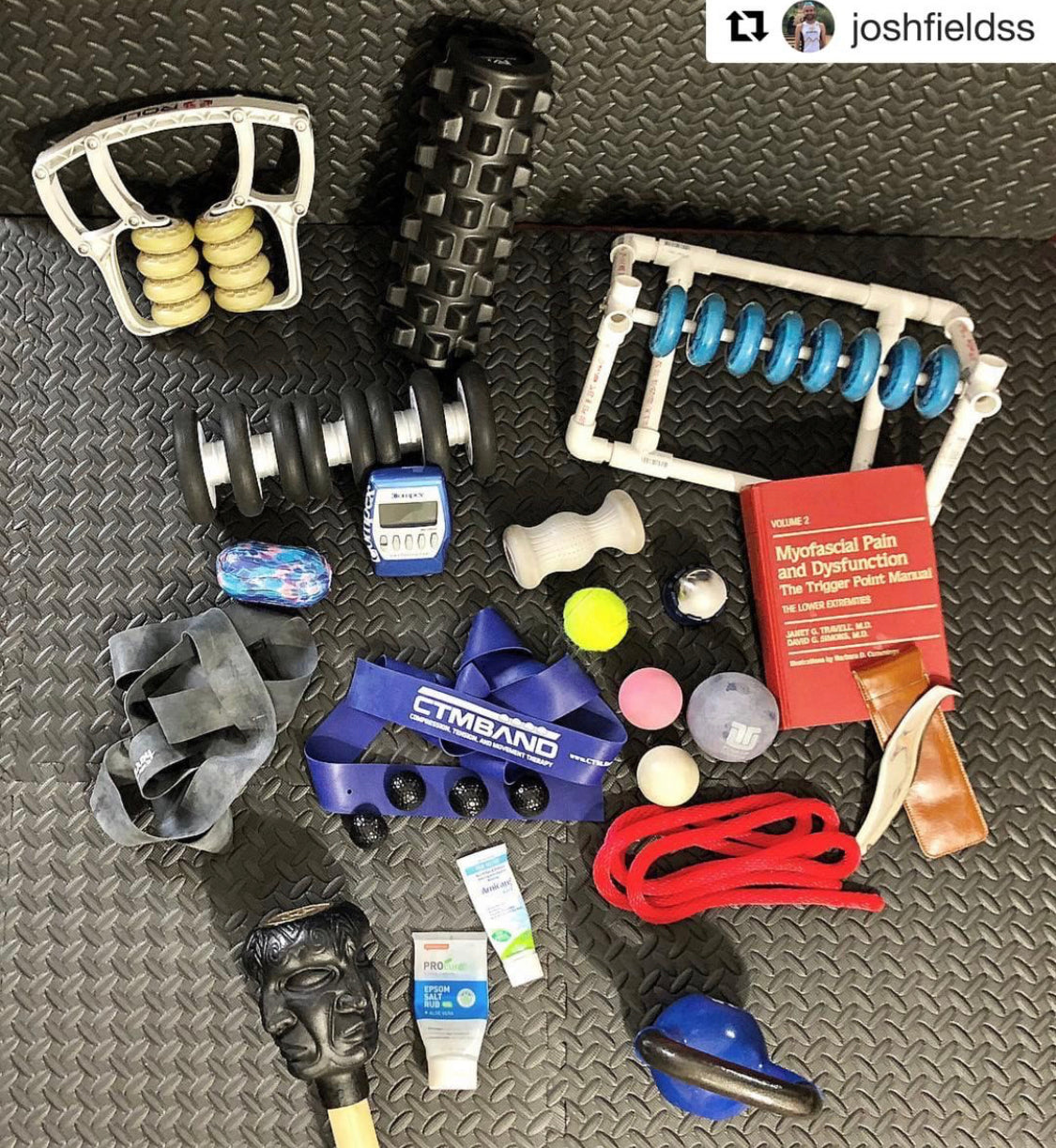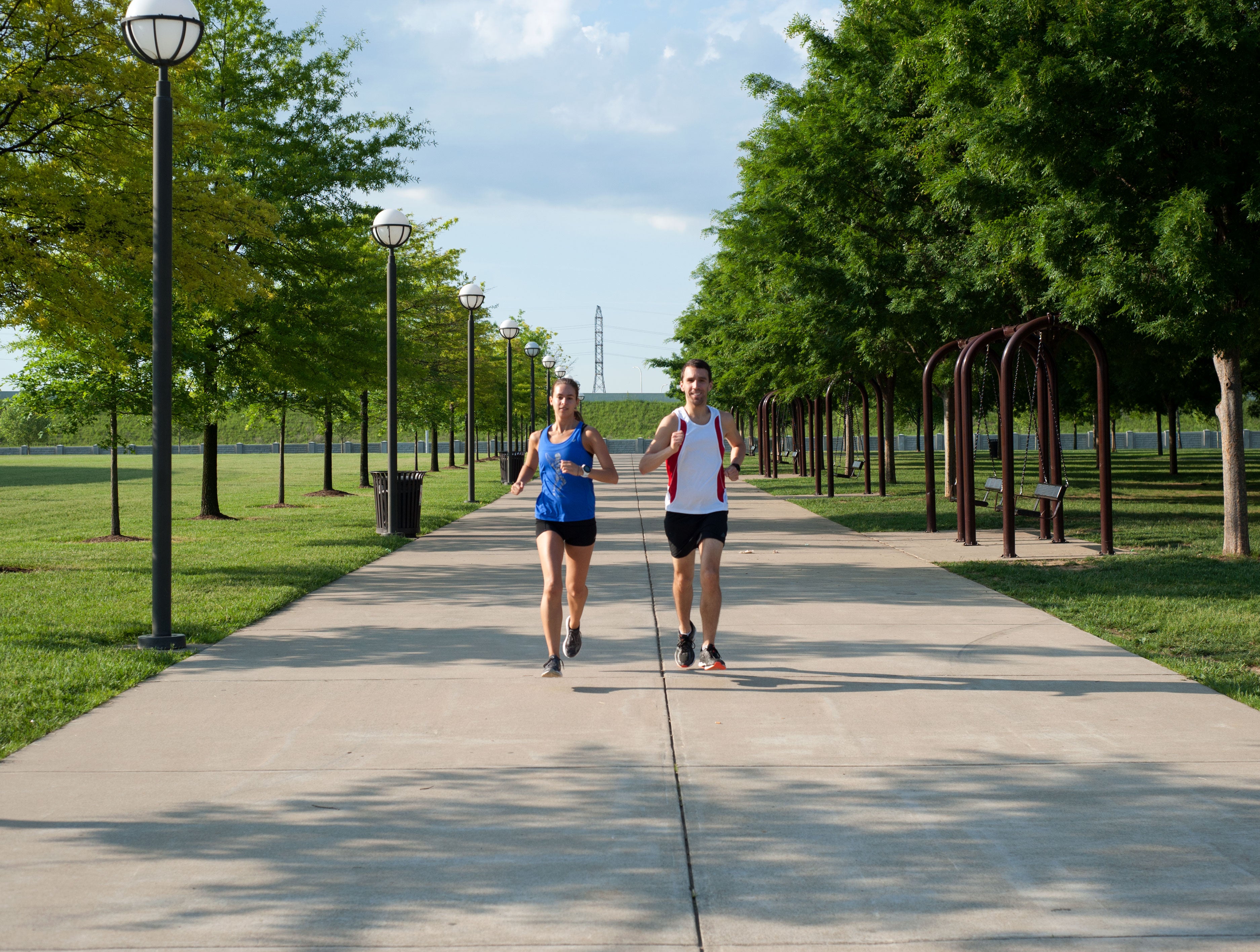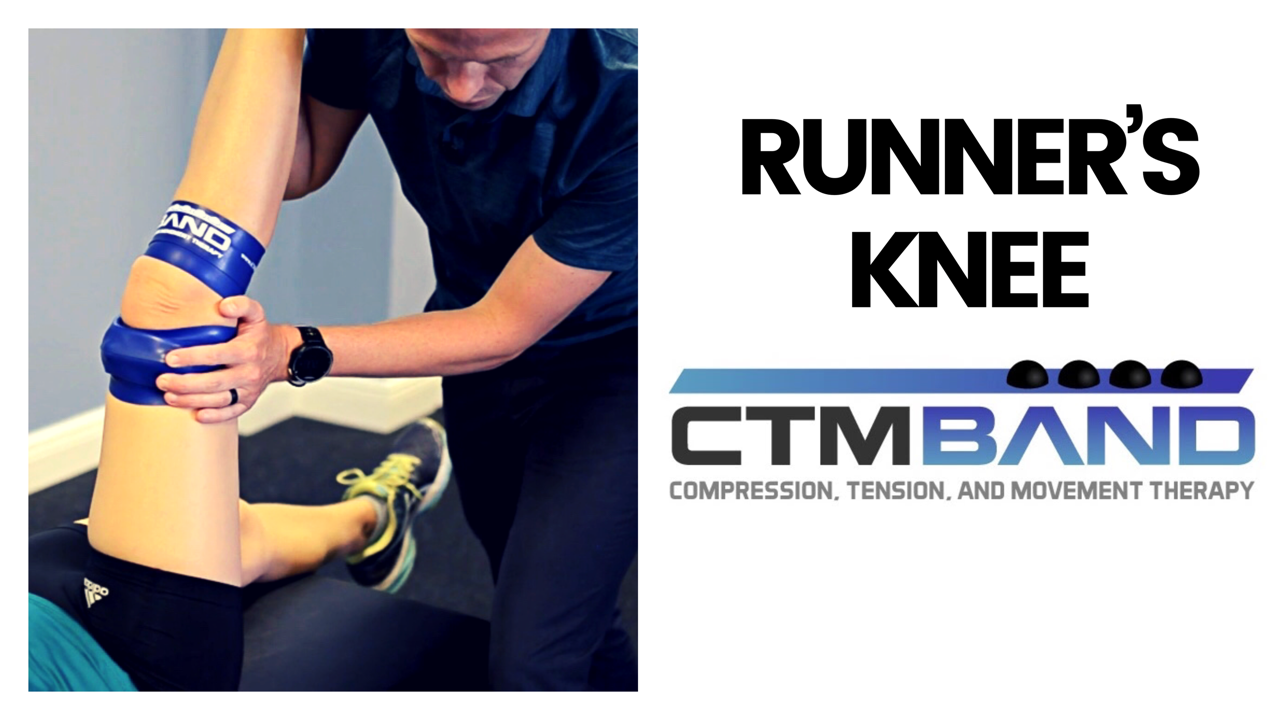Tools and Techniques for Faster Recovery After Running
Running is a great way to stay fit, exercise your body, and maintain optimal health. That being said, it is almost inevitable to develop some injury as a side effect of a running habit. The increasing pressure on knees calves and ankles will take their toll and eventually lead to one or more running injuries.
So what to do when we are on the receiving end of a running injury?
Let’s explore the different therapeutic techniques and self-help tools out there to help see us through this eventuality.
Depending on your injury, the therapy may vary, but common techniques are used to deal with many running injuries.
- Cryotherapy: This is the first port of call when dealing with any acute swelling and inflamed articulations - ice, a cold pack, or a cooling spray brings down the immediate swelling and helps alleviate pain.
- Rest: a knee that is painful due to too much stress needs time to rest and recuperate. In some cases, immobilization may help, depending on the type of damage.
- Massage and thermotherapy: after the initial injury, the best option to bring muscle tension down is a sports massage or heat.
- Myofascial release massage ART (Active Release Techniques): These techniques are used by therapists to deal with stubborn spots that remain tight (trigger points) and refuse to release tension, negatively affecting recovery time for the patient. They combine alternating massage and stretching exercises.
After the injury has healed, the athlete must gradually retrain the affected member to get back in shape and avoid future injuries.
Recovering from a running injury is down to both the therapist and the patient. The patient can do many things to speed up the process. Many self-help tools can help avoid injury in the first place and help treat them if they occur.
Listen to your therapist and stop aggravating the situation by stressing the injured member. Many athletes are willing to suffer if it means a faster recovery. With most running injuries, however, the patient needs rest so that the body can repair itself. Follow through with good nutrition and enough sleep.
Once you start to feel better, you can start to gradually stress the injured member to keep it supple and loose. You may use a CTM band for this since it can be used to stretch, massage, and achieve a myofascial release. It will also allow you to work several times a day without overtaxing the injured area.
Listen to your body and always remain vigilant and analytical before a run. The best way to avoid injury is with proper preparation, physically and mentally.





Leave a comment
All comments are moderated before being published.
This site is protected by hCaptcha and the hCaptcha Privacy Policy and Terms of Service apply.